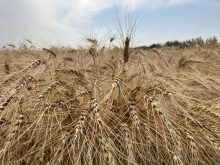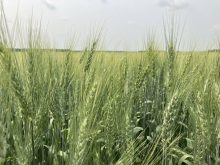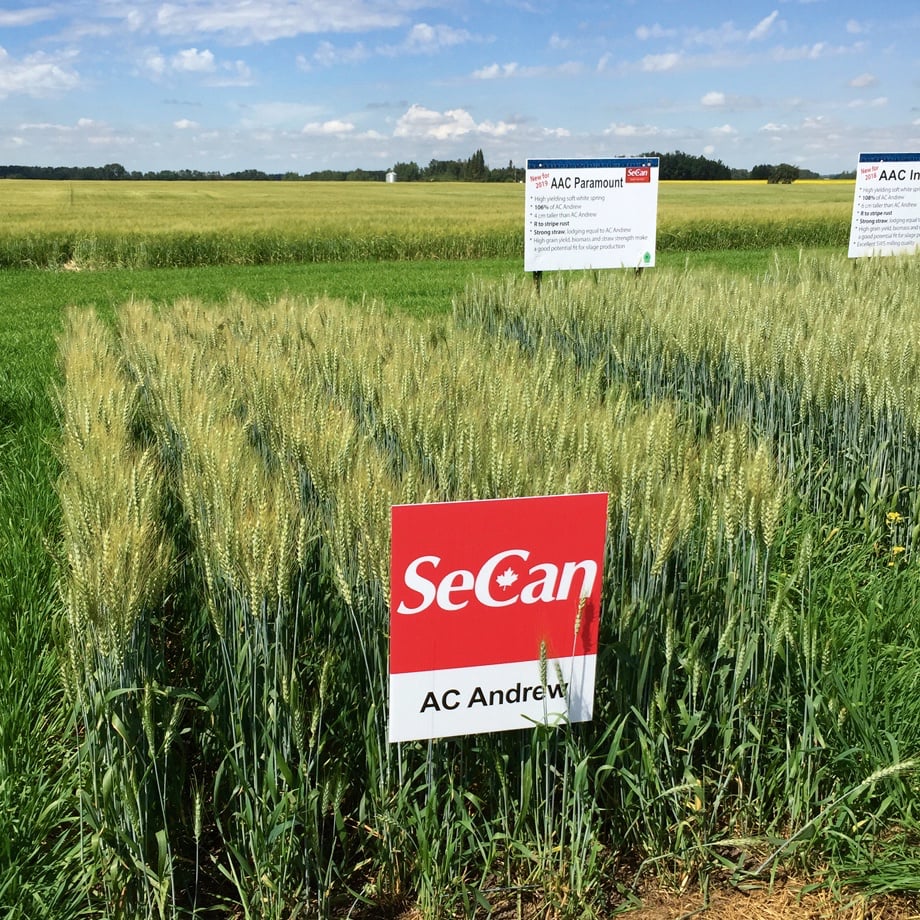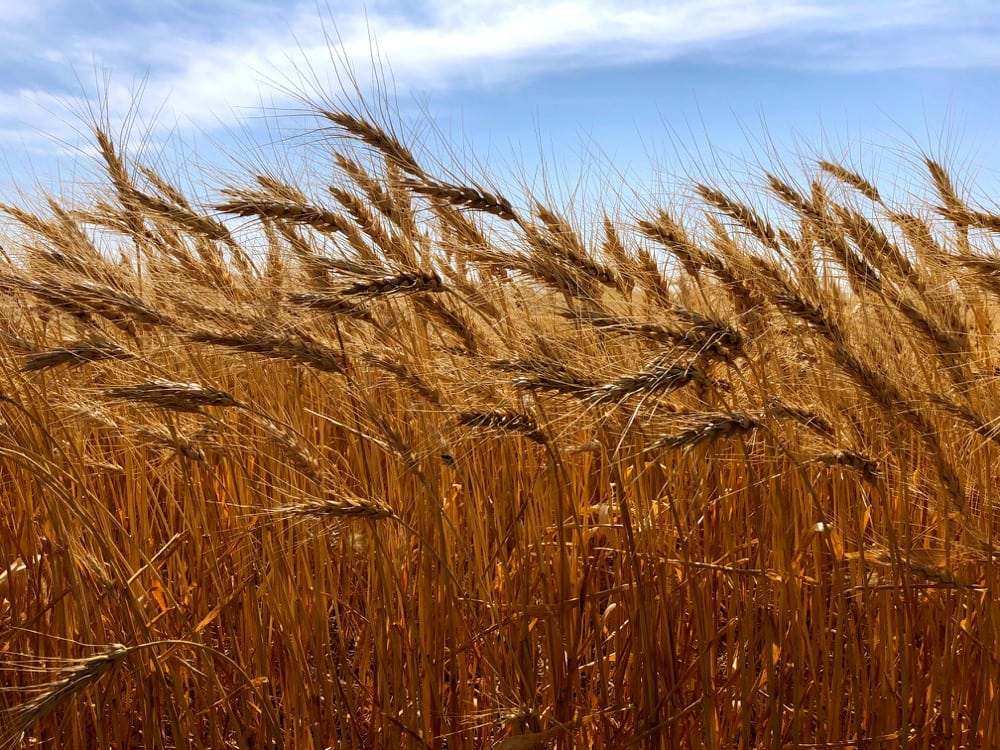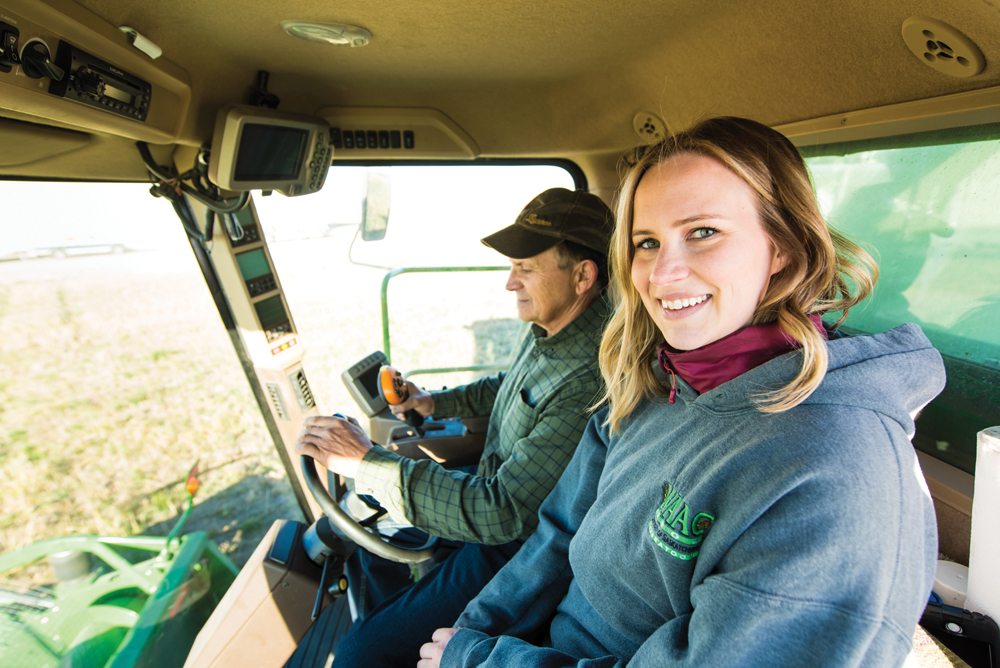The spring wheat planting intentions of North America’s farmers appear a little murky.
The U.S. Department of Agriculture’s acreage forecast for 2025 is at odds with what some analysts are thinking, while Canada’s situation is still very much up in the air.
The USDA released its Grains and Oilseeds Outlook report on Feb. 27, which projects total wheat area of 47 million acres, a two per cent increase over last year.
Read Also
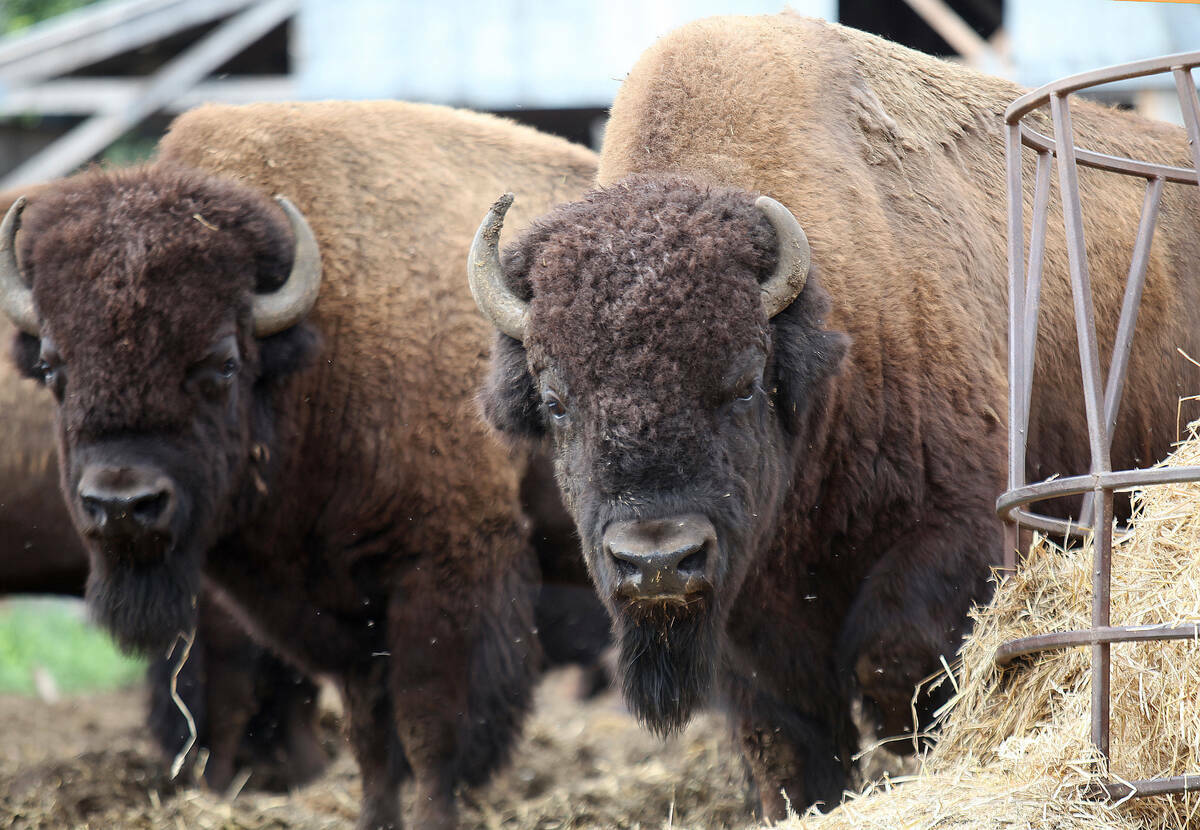
Bison prices remain high, but supply shrinks
Bison numbers are down amid increasing demand and record high market prices.
“Combined spring and durum wheat plantings for 2025-26 are projected higher than last year with more area available in the northern Plains with an expected reduction in soybean plantings, although higher expected net returns for corn could limit this increase,” the department said in its outlook.
CoBank, a major U.S. agriculture lender, disagrees with that prediction. It is forecasting a six per cent drop in spring wheat plantings to 10 million acres.
“Wheat prices continue to struggle from a strong dollar and greater U.S. supply following last year’s bigger harvest,” the co-operative stated in a recent news release.
“However, the potential for weather-related wheat crop losses in Russia combined with losses to the U.S. winter wheat crop could quickly change the market dynamics and limit the loss of spring wheat acres.”
Jim Peterson, policy and marketing director with the North Dakota Wheat Commission, thinks the bank got the direction right.
“We are hearing more interest in durum in our state relative to spring wheat simply due to the price spread,” he said.
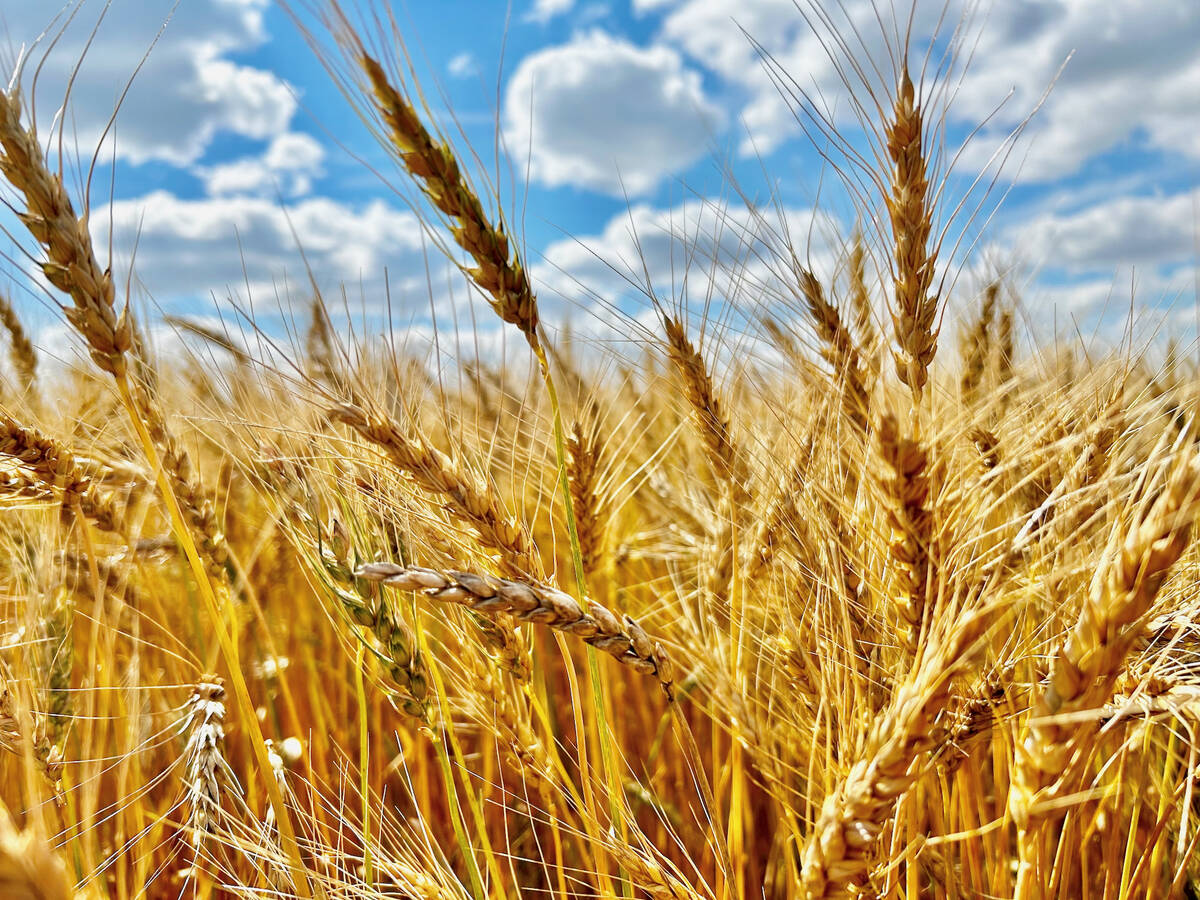
Old crop durum of good milling quality was fetching US$7 per bushel at one North Dakota elevator as of Feb. 25. By comparison, spring wheat with 13 percent protein was getting $5.10.
Peterson thinks the drop in spring wheat acres will be closer to three to four per cent in 2025, while durum plantings could be up five to eight percent.
One of the main reasons he is more conservative about the decline than CoBank is that weaker oilseed prospects could temper the spring wheat drop.
“Canola seed is pretty doggone expensive for the non-shatter varieties, so there might be a limited amount of that,” he said.
Soybeans are also not as attractive as they have been in previous years.
Spring wheat will be in a battle with corn for the lost oilseed acres, and right now it appears to be a dead heat, said Peterson.
Corn futures prices have tailed off after peaking Feb. 18. A lot will depend on where prices are at come planting time versus spring wheat values.
That battle will likely come down to planting timing and conditions, with an earlier seeding date favouring corn.
Neil Townsend, chief market analyst with GrainFox, said he doesn’t have a strong sense about what Canada’s farmers are thinking.
“I wouldn’t be surprised when all is said and done that spring wheat acres in Canada are almost flat from last year,” he said.
Durum plantings could be down a smidge, maybe one or two per cent.
“I had them down more earlier, but we’re hearing more and more that guys are going to keep the (durum) acres flat,” said Townsend.




